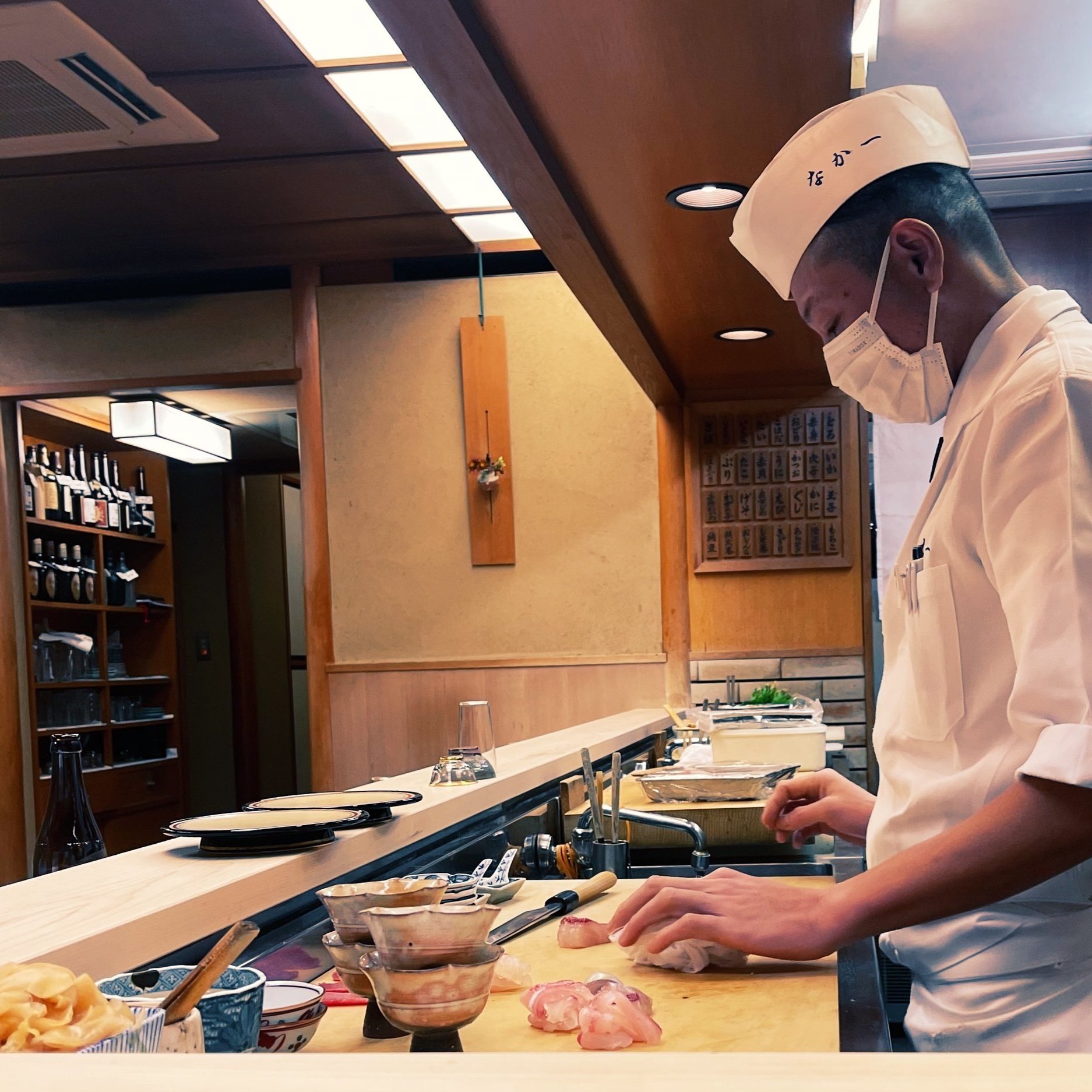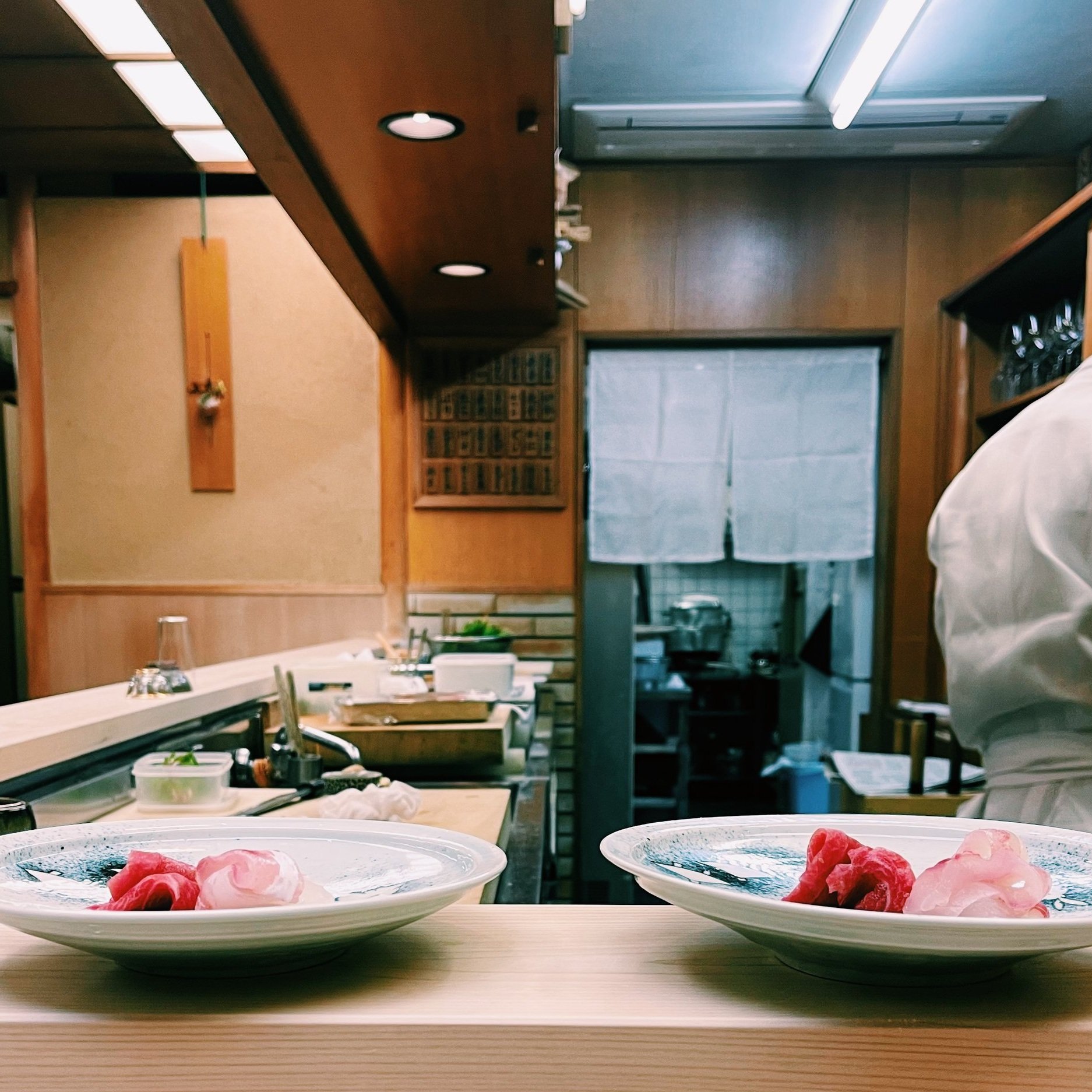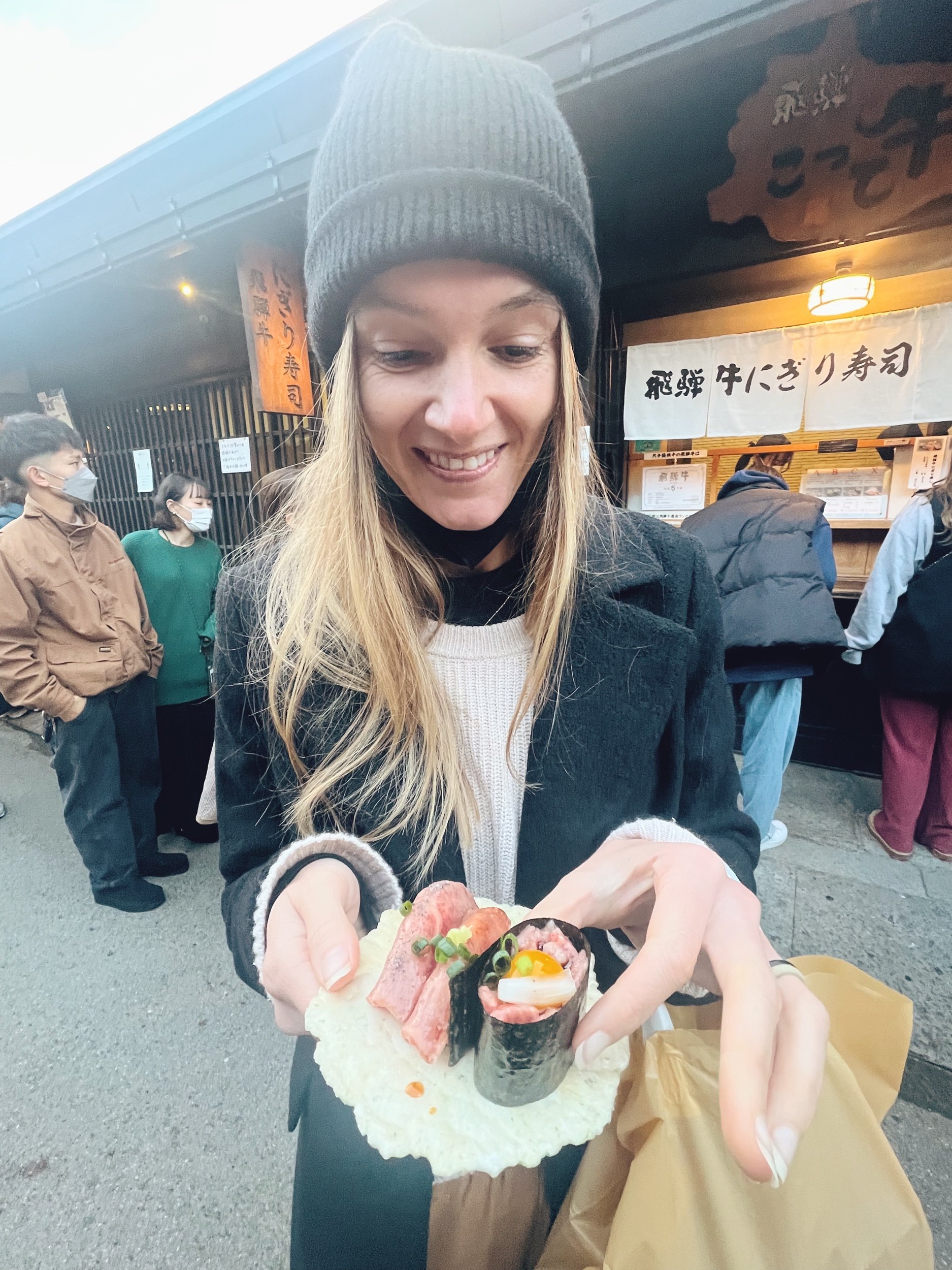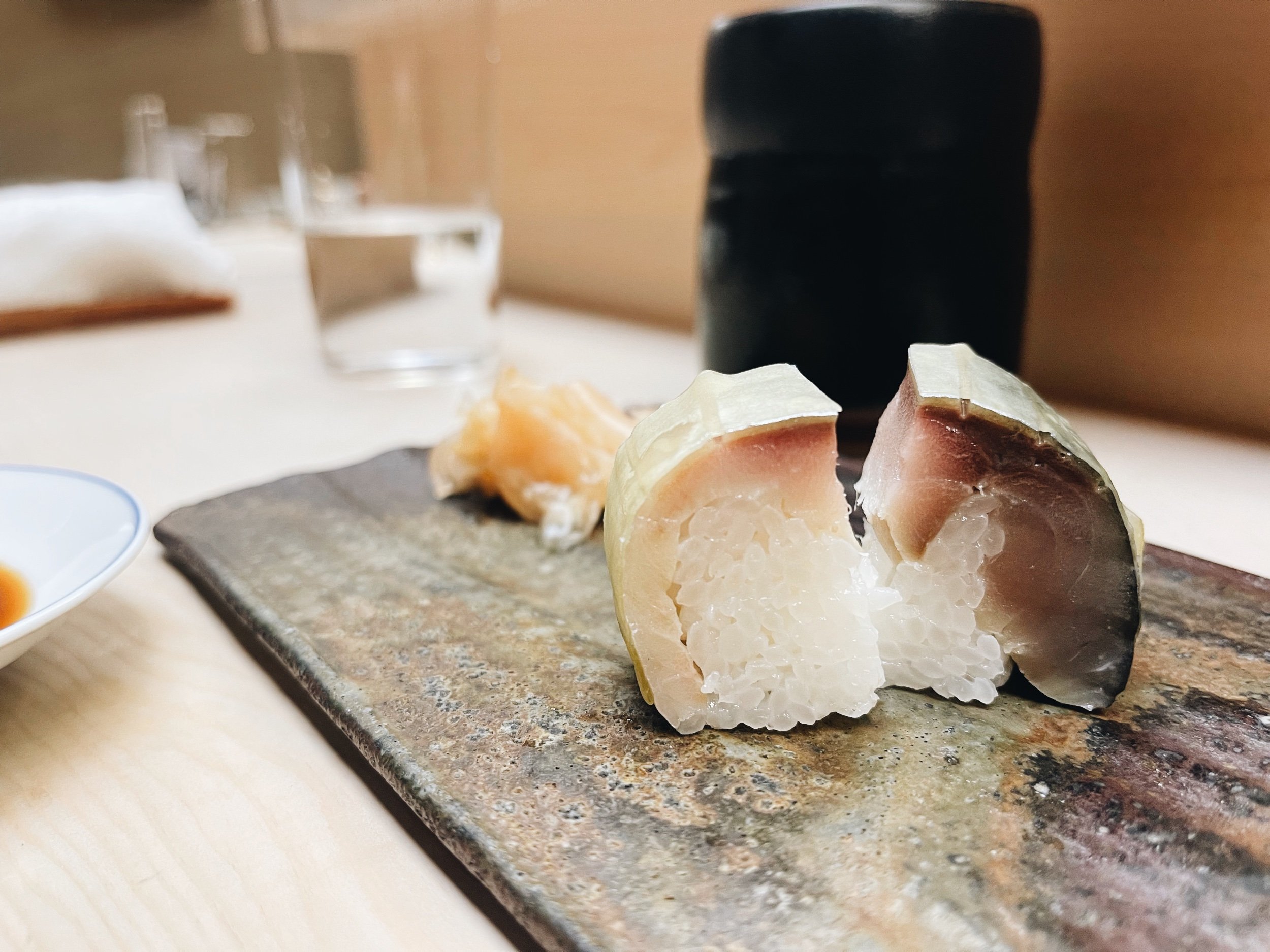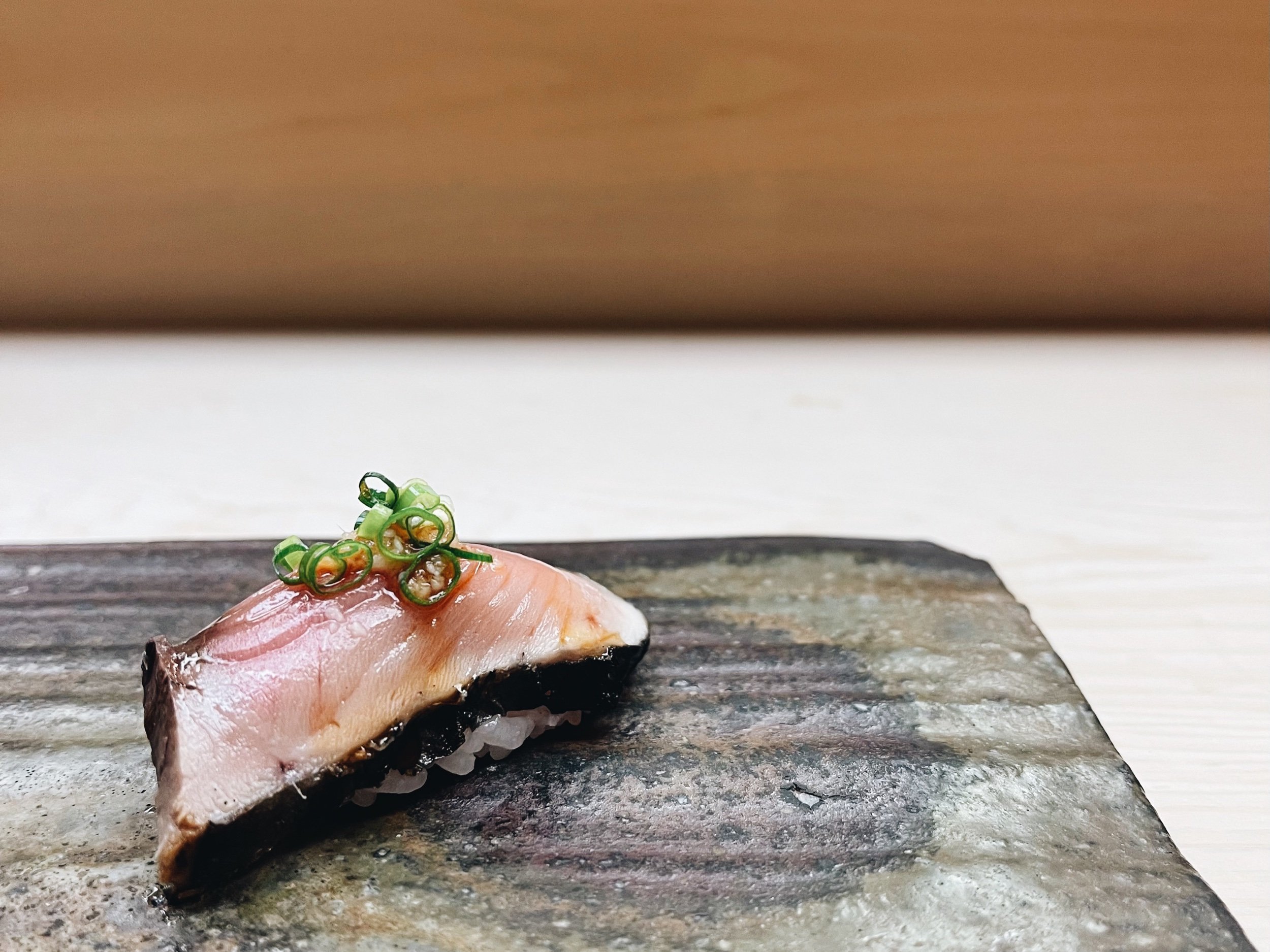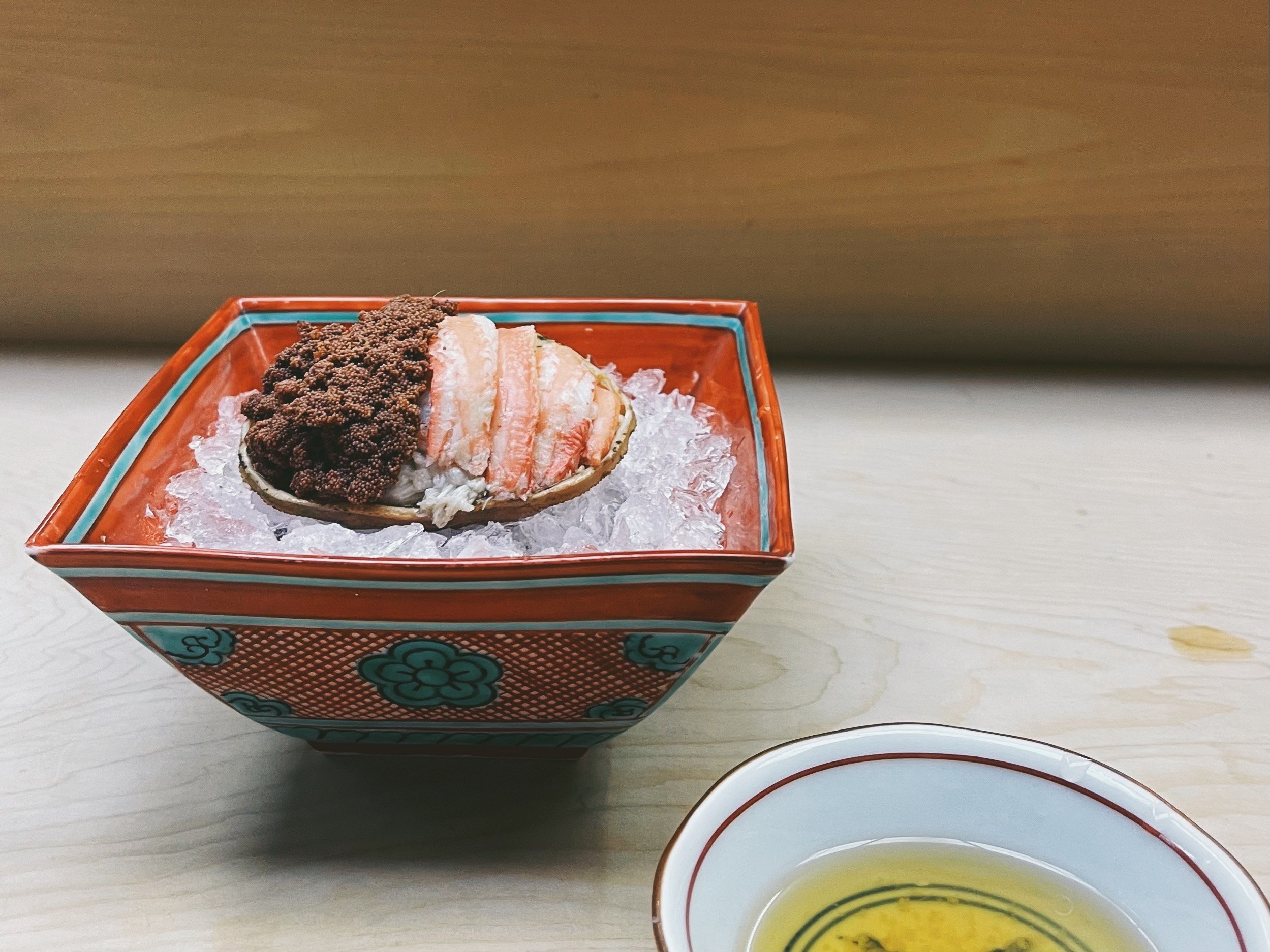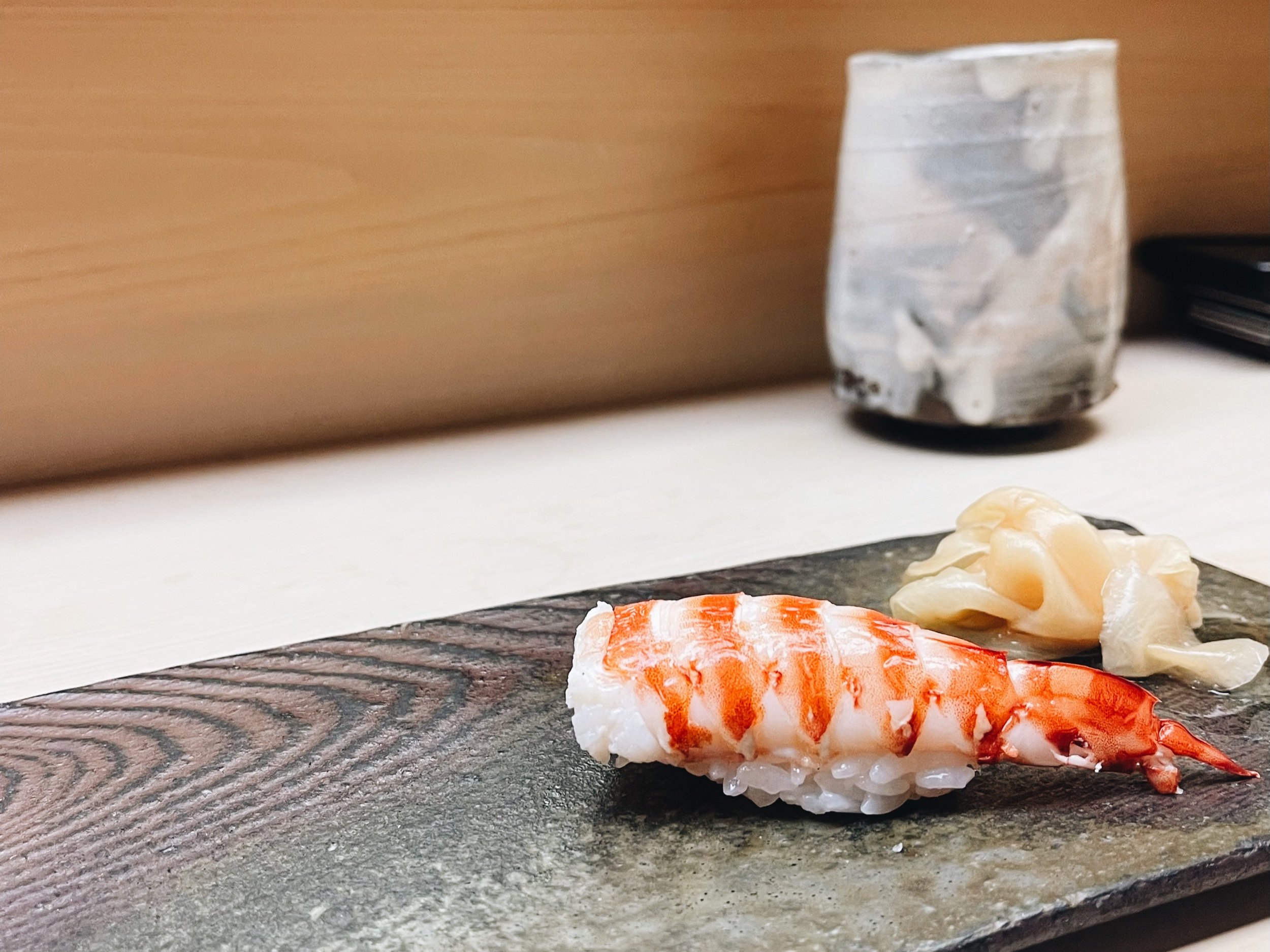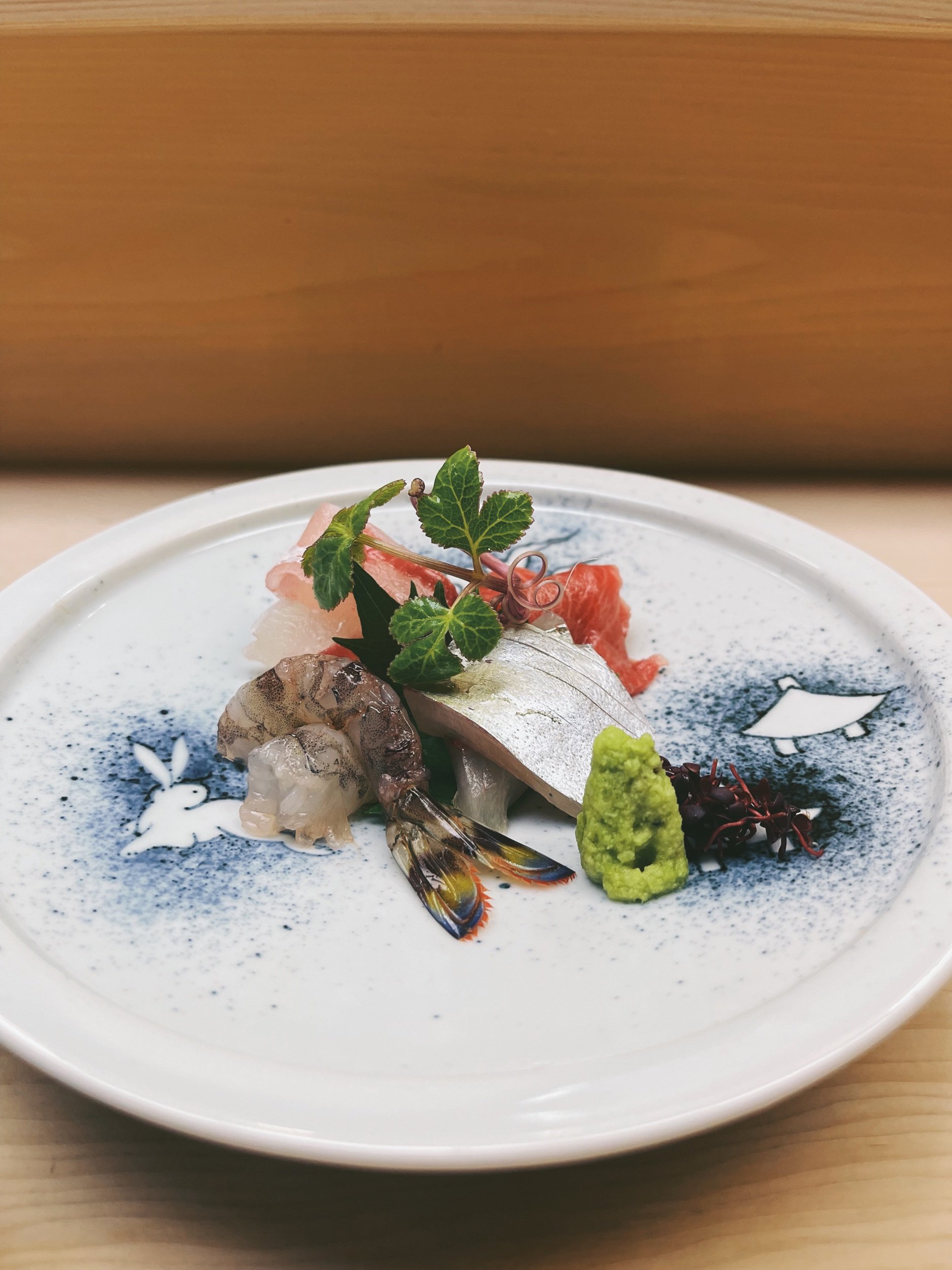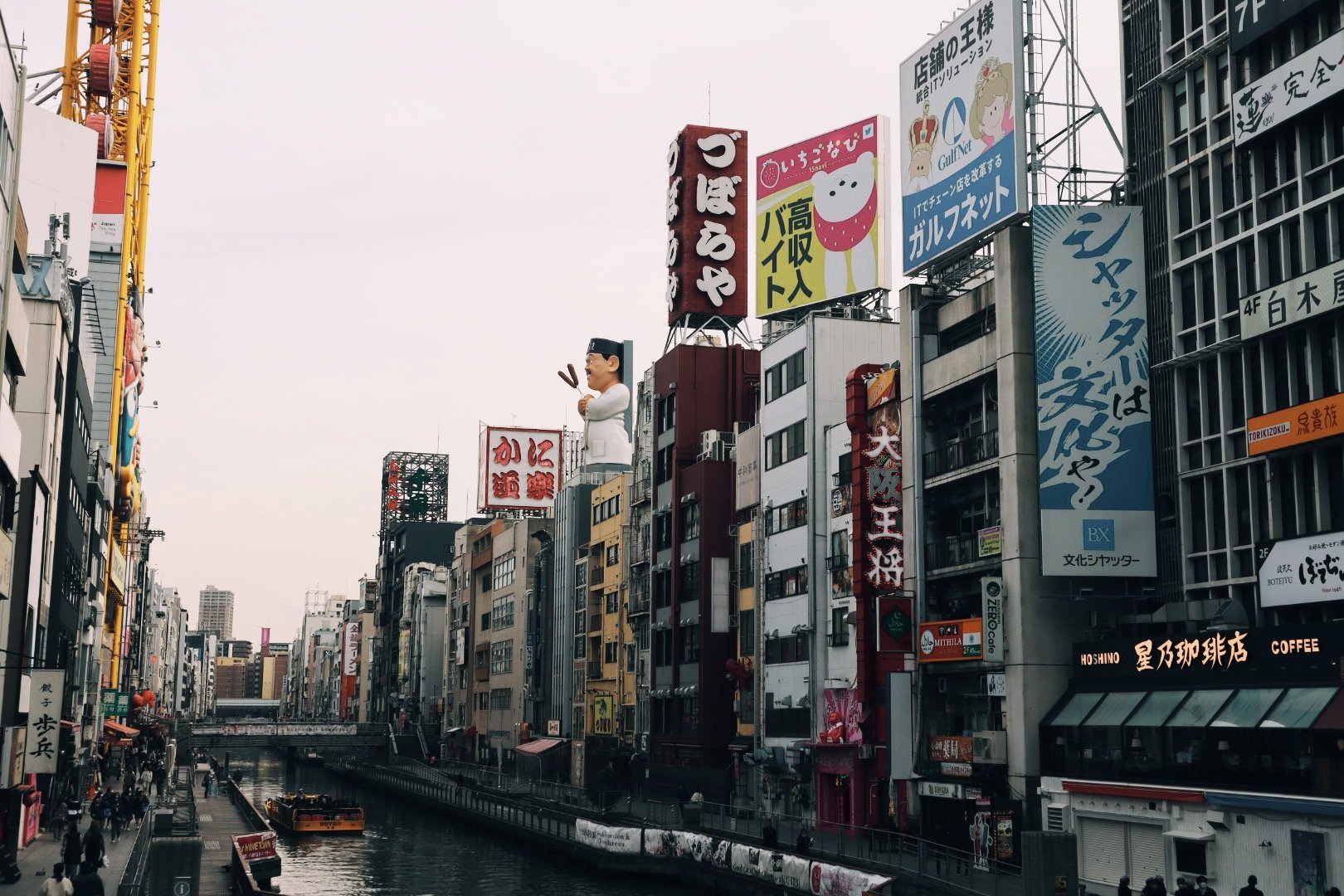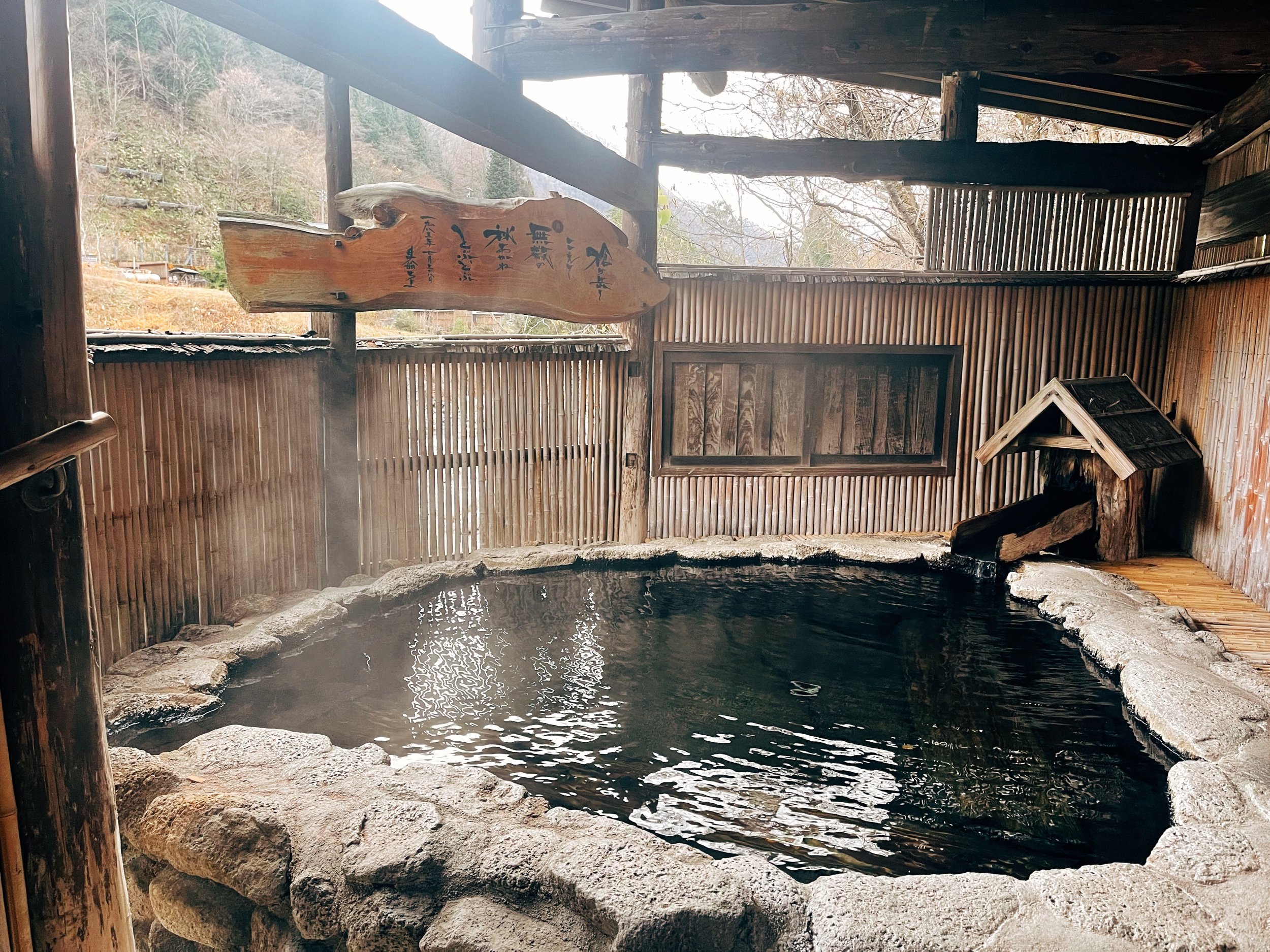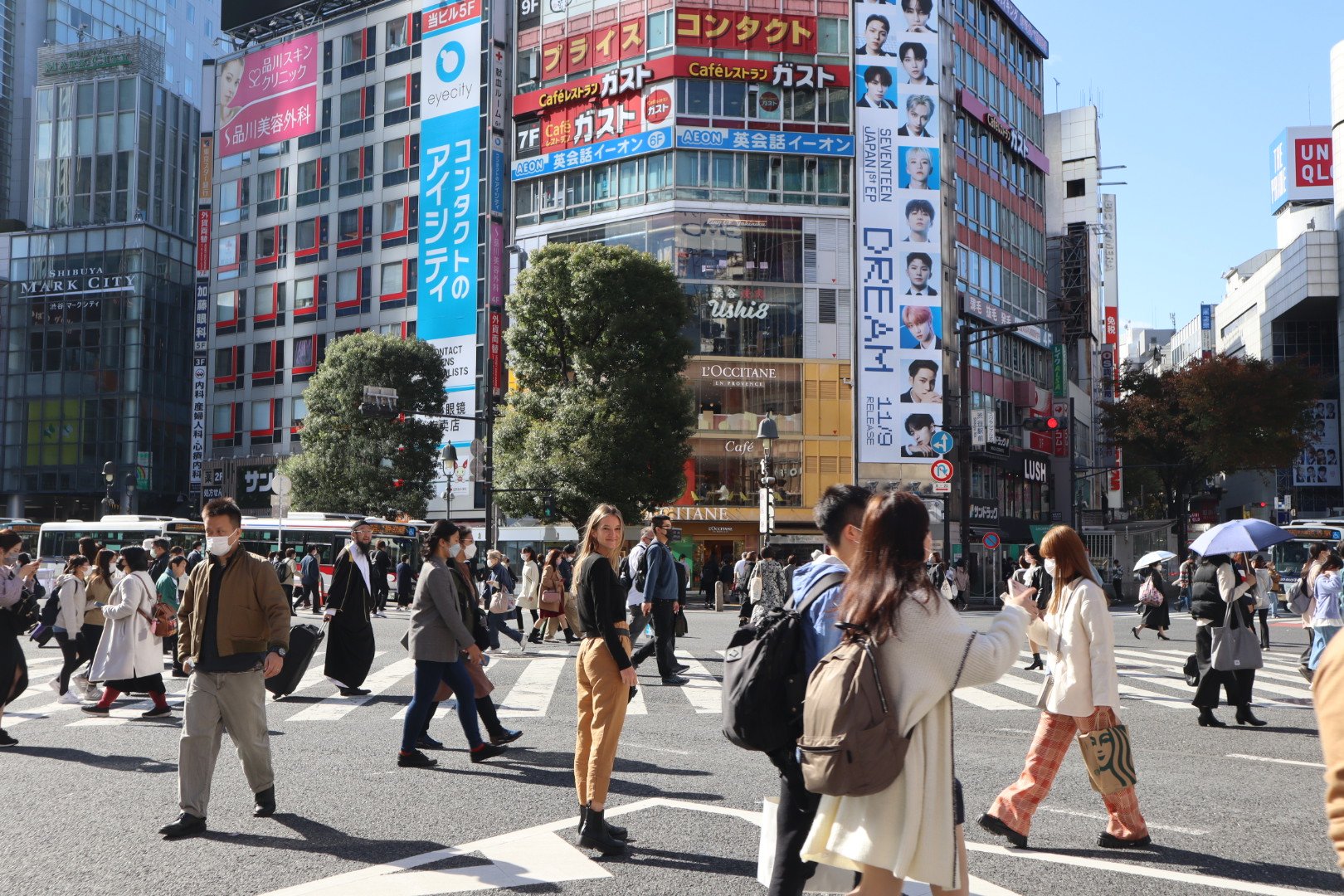Sushi Four Ways
Discovering the ways to eat sushi in Japan.
Japan has a rich history in sushi, but its path to culinary renown is something of a surpise. Dating back to the Edo period of the 1600s, fish was plentiful on this small island country and therefore inexpensive. The fish was often fermented and draped over a bed of rice in a hand pressed fashion. And voilà - sushi was born. Sushi carts swallowed the streets across cities and kept the working class full. As refrigeration became a norm in the 1800s, the country began to see a shift away from fermenting fish to the iconic rectangular rice cake, marinated in rice vinegar and topped with fresh slices of raw fish. Welcome to the world of nigiri! Still, sushi was bountiful and even found in children’s lunch boxes as a quick snack. But as Japan became a global trading power in the late 20th century, an inevitable shift of this commoditized dish began to unfold.
Eating sushi has become a global experience that many revere today. It is often enjoyed in a refined setting where the chef has both extensive knowledge and passion for this style of cuisine. Chefs may train for years - sometimes close to a decade - before even stepping foot into a sushi restaurant. From there, they will apprentice until they have been awarded the role of the Itamae, or head sushi chef. The level of time, care, and quality that goes into a sushi experience yields a pretty penny for guests where some meals can cost up to $400 per person. But the end result will leave your jaw dropped.
Are these high end experiences worth it when visiting Japan? Absolutely (and don’t worry, I’ll divulge our experience later). But we learned that there was so much more to depth to eating sushi in Japan. We witnessed how the cuisine’s history is coming full circle as well regarded chefs experiment with affordability, speed, and convenience. Follow along as we recount four different ways sushi lovers can experience a tangy, sweet - sometimes spicy - bite in Japan.
The Nigirizushi
Scouring the Tokyo streets for lunch, we eyed a line of 15 guests patiently waiting outside. As we approached, I was expecting a ramen kiosk or a soba noodle shop; these are classic, queue-worthy spots that many revel in for a quick, mid day bite. So when we walked up to a large billboard highlighting an array of sushi, both of us were a bit surprised.
Our surprise quickly transformed into excitement. Walking in - and successfully grabbing a seat - at a high quality sushi restaurant was no easy feat. Sure, there’s an overwhelming amount of sushi in Japan but the high quality stuff is usually staked out by Japanese locals or reserved months in advance. Without much more investigation, we hopped to the back of the line and patiently waited. As we made our way inside, a small room featured one bar with 10 place settings. There were plates and chopsticks, but one key element was missing - there were no chairs. Uogashi Nihon-Ichi was a nigirizushi, a standing sushi bar which has become a popular, affordable outpost for sushi lovers. Similar to ramen or soba, these standing sushi bars are seen as quick dining options where guests are singularly focused on the task at hand - eating.
I took my place at the last available standing space and watched as the chefs behind the glass counter work gracefully. There was a gentle press into the rice, a seamless spread of wasabi, and a perfect placement of fish to finish. Each nigiri was perfectly presented to the guest across the bar. We did our best pointing to what we thought we knew since the menu was entirely in Japanese, but our order actually didn’t matter. Every bite was incredible. There’s a level of richness in the slice of fish that can’t be replicated anywhere else. We tried fatty tuna, salmon, horse mackerel, and scallops. Each had a distinct flavor and all expertly crafted into a perfect bite. Our entire lunch lasted 20 minutes, it was affordable, and it was delicious.
The Kaitenzushi
Hidden in the depths of a department store long after the retail shops has locked their doors for the evening, an unassuming sushi restaurant was buzzing in Kanazawa. At first, we thought we were mistaken. We gently peered down the abandoned hallways of the mall, looking for any sign of movement. Luckily a security guard recognized our confusion and pointed towards an elevator hidden around the corner. The elevator slowly passed each floor, our stomachs grumbling with anticipation. As the door opened, we embarked down the mall on Morimori Sushi, a new kind of sushi experience. Conveyor belt sushi, known as kaitenzushi, might tilt heads in the US, being dubbed as tacky and cheap. But kaitenzushi is a common staple in Japan and we were elated to indulge.
The restaurant centered around a long bar where sushi chefs whipped up famed nigiri classics, organized the sushi in pairs on small dishes, and sent them off to appease the masses. A conveyor belt would sling shot plates down the bar and through dining tables. These small plates were hoisted up by hungry patrons without warning. Guests were constantly on the lookout for the next pair of nigiri before someone else snatched it up. Indulgence is an understatement to describe our experience here. Call it the excitement or maybe the hunger, but we easily took down 20 plates. But quantity wasn’t the only metric. The quality of this kaitzensushi was what really left an impression. The seared salmon belly was tender with a delicate smoky aroma. The scallops were meaty and balanced with the perfect kick from the wasabi spread. These nigiri plates tasted like they could have been whipped up behind a prestigious sushi bar but instead had found themselves on the 6th floor of a shopping mall. There was a range of fresh, delightful bites that had us eager to seek out another kaitzensushi in Japan.
The Yatai
Yatai translates to ‘shop stand’ and refers to any mobile food stall in Japan. While the term can be searched for in Google, the lack of street food we came across took us by surprise. We inaccurately assumed that the Japanese cities would have street vendors and quick bites like many major cities in Asia, but that isn’t engrained in the culture. In fact, we learned that it’s considered impolite to eat in public and many locals will refrain from this behavior. We did, however, manage to find one food yatai in Takayama that was serving up a special kind of bite. And we were willing to go against cultural norms for it.
Takayama lies within the Gifu Prefecture, a region infamous for hida beef. Hida beef is delicate and smooth. The marble texture creates a lavish flavor that rivals the other wagyu in Japan like Kobe. Not to be dramatic, but this was the best piece of beef I’ve ever tasted. Hida Kotte Ushi was a small stall with a single window where guests ordered and received one item, hida beef sushi. We ordered nigiri-style hida sushi which came drizzled with a ginger soy sauce and sprinkled with sea salt. The zesty ginger brought a new flavor layer to the decadent hida beef, leaving our tastebuds craving more. Next up was the gunkan, a bite-sized combination of rice, hida wagyu, egg yolk, and dried seaweed. Just one bite provided a tantalizing glimpse of how this delicate meat should taste. Creamy from the egg yolk, like a tartare, and bursting with umami. We pledged to become hida beef converts moving forward.
The Omakase
We’ll end with the omakase, that quintessential, high-end sushi experience where guests leave themselves at the hands of a master Itamae. The chef carefully crafts an elegant, artistic experience that guides hungry patrons through seasonal dishes with the finest ingredients. The meal feels hand selected and rhythmic. The plates are handmade and intricate. You have a front row seat into the chefs station and the tiny nuances that go into crafting the perfect sushi plate. The omakase is the true peak of dining.
Sushi Kappo Nakaichi is a second generation restaurant in Kyoto expertly run by Chef Takanori. The restaurant is situated around a refined wooden bar where guests can watch Chef Takanori at work. Every technique used to make the sushi was nothing short of perfection. We watched in awe how Chef Takanori flowed through his menu, gliding his knife across an array of fresh fish and meticulously assembling ingredients into a work of art. He presented a small plate of sashimi decorated with the colorful karuma prawns and opaque pink seabream, called tai. Seiko gani - or queen snow crab - was brought to us in a small red dish where the crab meat and roe were extracted to perfection. The kani miso (crab innards) were hidden below and ruptured with velvety, pungent flavor. While the fatty tuna was an obvious standout, I was completely won over by the mackerel. While it sometimes get a bad rap for being overly fishy, this bite of fish was buttery and light in flavor. The crafted chives atop ignited the flavors which I will forever cherish in my dreams.
We went to Japan with high expectations for sushi and left not only with happy tastebuds but a better understanding of the cuisine’s history and how it is still being enjoyed. While an intimate omakase experience will always warm our hearts, we’re counting down the days until you can enjoy high end sushi from a conveyor belt or from a food stall in the states. The way it’s been done for centuries.

